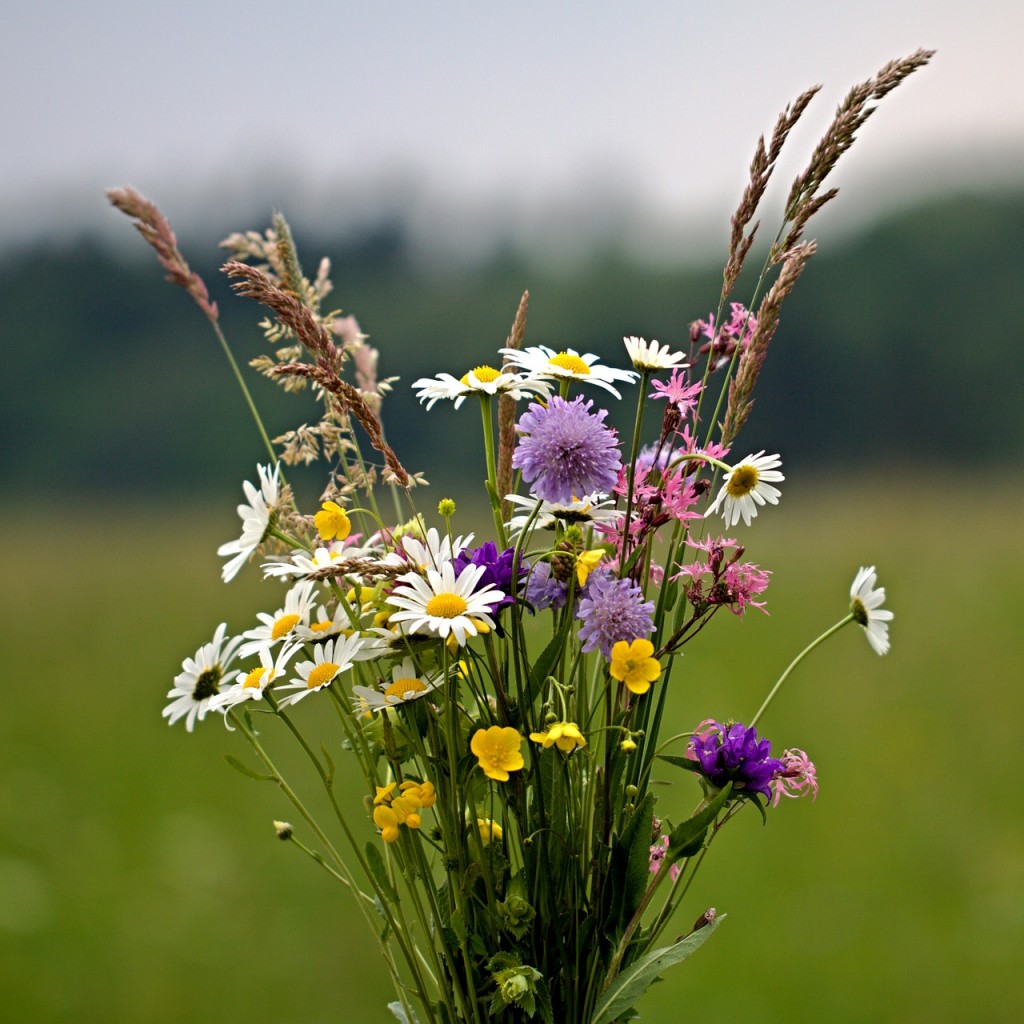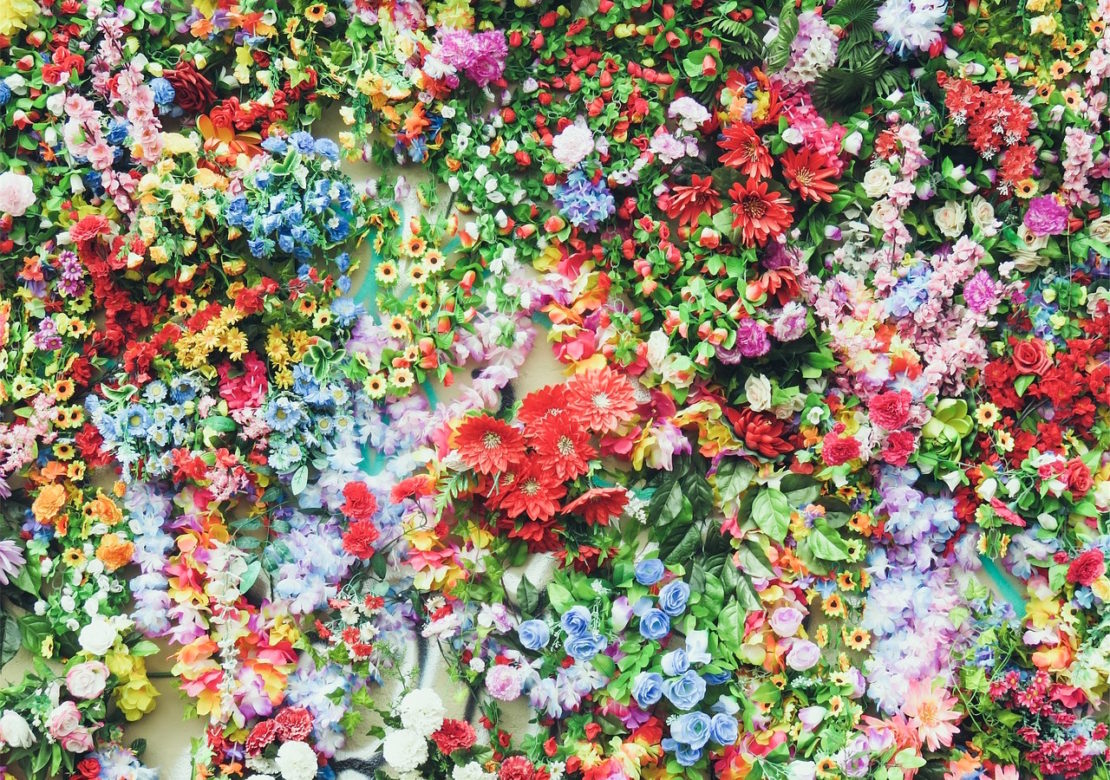
The Secret Meaning of Herbs
Across many different cultures and time periods, humans have cherished a secret meaning of herbs and plants. Flowers, herbs, and foliage were given as tokens of good luck and well wishing – sprigs of wheat included in bridal bouquets for fertility, wreaths of bay laurels worn as a symbol of victory.
Small bouquets called “tussie mussies” had been exchanged since the 1400s, and plants were associated with different qualities and symbolism even before that, but the practice came to a new level of popularity in the 1800s (Laufer, 1996). During the Victorian era, a fascination with a “secret language of flowers” started in England and then spread to the United States. Hundreds of handbooks and magazine articles were published during this time that detailed the interpretation of flowers and herbs exchanged as “blooming expressions” and “talking bouquets.”
With this fashionable explosion of the symbolism of flowers, many different interpretations arose, based on different traditions and even on physical traits of each plant. Some handbooks were small enough to fit easily into a skirt pocket for interpretation while out and about, and elaborate miniature bouquet or “posy” holders were available for purchase and given as gifts so that women could wear their tussie mussies on display. A collection of over 250 of these bouquet and posie holders is part of the Frances Jones Poetker collection at the Smithsonian Institution.
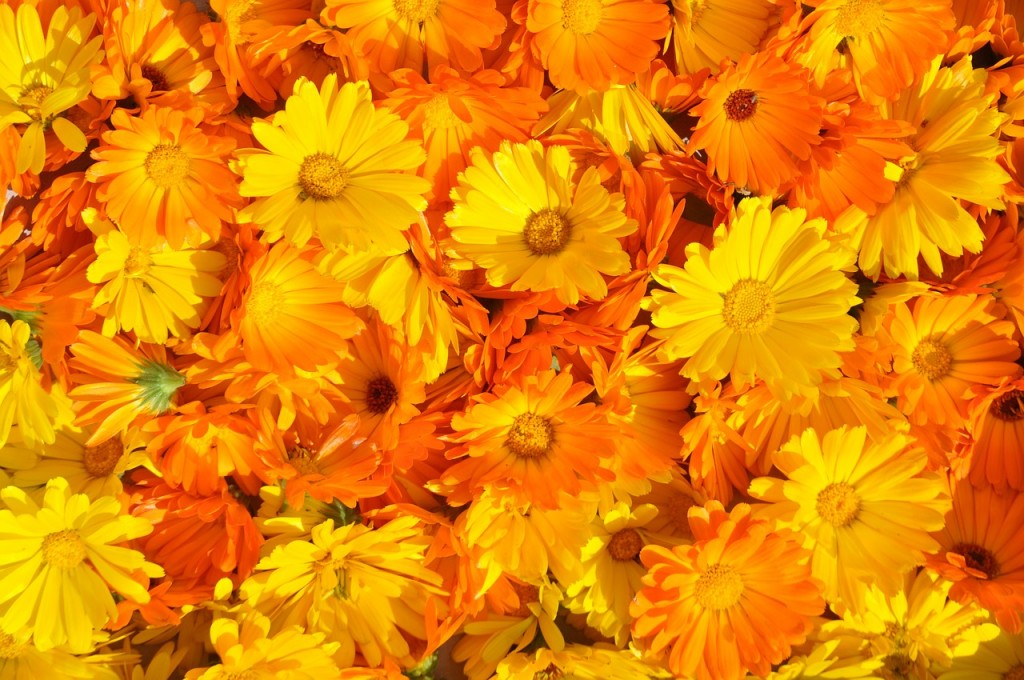
The Secret Meaning of Herbs
We think the language of flowers is a beautiful concept and can find many different ways it is relevant to our modern lifestyles as well!
Posies and Bouquets
The most traditional way to enjoy sending messages with herbs is a posy or tussie-mussie. These small bouquets usually feature short stems and a few simple sprigs of the desired plants. There’s no reason you can’t go all out and feature your secret message in a full size modern bouquet, though, if that’s your style. If you want the recipient to know about your secret message, either write a note to accompany your bouquet, or use the associations in one of these antique books online (free) – either The Language of Flowers by Kate Greenway (1846) or The Flower Vase by Sara Carter Edgarton (1850) – and leave them a clue so they can de-code it themselves! Here are a few of the ways the language of herbs can be used creatively in our modern lives.
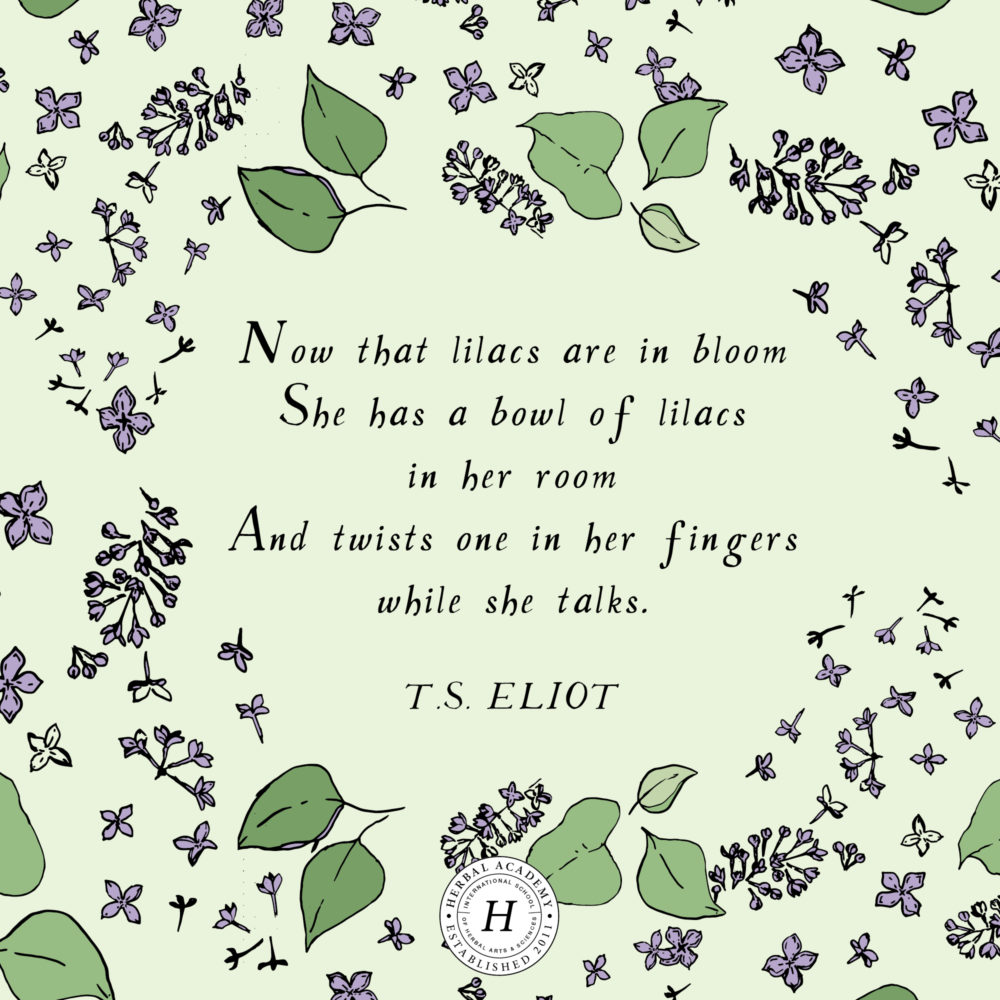
Well Wishes
The language of herbs is a lovely way to create a personalized gift that expresses our well wishes and hope for healing. A small bouquet can be customized to express your sentiments and feelings for the recipient. After surgeries or car accidents, or as a comfort during time of loss, herbs like chamomile for comfort and yarrow for healing can be tied into small bouquets for those we care about. Be sure to attach a card with an explanation so that they can interpret your message. If your tussie-mussie contains only edible herbs (and no flowers or other greenery) you might want to include directions for turning your message into soothing cups of herbal tea after they have enjoyed its beauty for a day or two.
Weddings
Weddings have many opportunities for customized herbal expressions for the bride, groom, and guests. Flowers and herbs can be used to symbolize the hopes and dreams of the bride and groom, and also to thank guests and attendants. Boutonnieres, bouquets, table decorations, wedding favors, and garlands are all ideal places to tuck in a few sprigs for sentiment and meaning. Small bouquets can be dried and saved as a keepsake for the day, or individual sprigs from the arrangements can be dried in a press or between the pages of a book. Once dry, they can be used to create bookmarks or a display-worthy keepsake under glass in a picture frame.
Special Occasions
Other important life occasions like births, graduations, moving to a new home, and career changes are also times when a special message might be welcome. Herbs can be used to signify wishes for success in business ventures (laurel), safe travels (wormwood), or even peace and prosperity in a new home (myrtle). A bouquet with a message is a thoughtful way to connect with someone during a time when they may be experiencing loneliness as well as excitement – many of these important moments can leave us feeling exhilarated and yet yearning for loved ones as we make enormous changes in our lives.
Contemplation and Reflection
The secret language of herbs can also be used as a gentle reminder for yourself of qualities you want to cultivate in yourself or your home. A vase in a meditation space or on a table where you can catch a glimpse of it often is a lovely reminder. Perhaps angelica for inspiration if you are an artist or facing a difficult problem that needs to be solved, chamomile for patience, or parsley for gratitude. Even a simple sprig on a car dashboard or in a small vase at work can provide encouragement and give us a point for mindfulness as we go about our day.
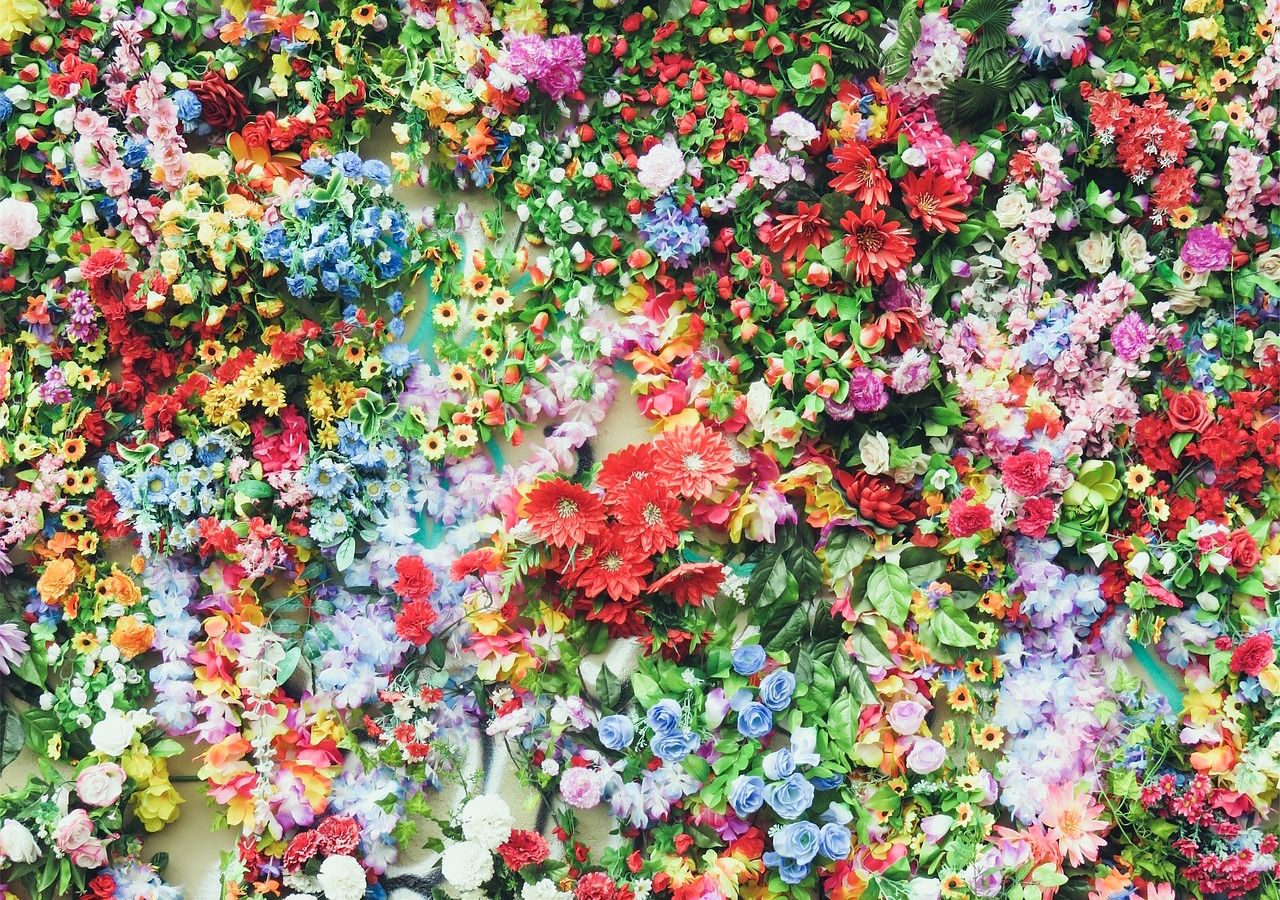
A Few Herbs and Their Meanings:
Remembering the secret meaning of herbs and including them in our daily lives as points for contemplation and by giving tussie-mussies are beautiful ways to pay tribute to the ties between plants and humans that have existed for thousands of years. As we seek to connect with others and the natural world around us, it’s delightful to indulge in little “secrets” now and then, and let our desire for a little mystery and whimsy out to play in a time-honored tradition with a modern twist. Here are a few more herbs and their meanings to get you started (Laufner, 1993):
- Angelica: inspiration
- Basil: love
- Bay laurel: success
- Calendula: health
- Chamomile: comfort
- Echinacea: capability
- Fennel: worthy of praise
- Hops: mirth
- Hyssop: cleansing
- Lady’s mantle: comfort
- Lavender: devotion
- Lemon balm: sympathy
- Lilac: joy of youth
- Lovage: strength
- Mint: virtue
- Oregano: joy
- Parsley: gratitude
- Rose: love, desire
- Rosemary: remembrance
- Sage: wisdom
- Thyme: courage
- Vervain: good fortune
- Violet: loyalty
- Yarrow: healing
Resources and further reading
Laufer, Geraldine Adamich .(1993). Tussie-Mussies: The Victorian Art of Expressing Yourself in the Language of Flowers New York: Workingman Press.
Laufer, Geraldine Adamich. (1996). Victorian Tussie Mussie. Retrieved from http://www.motherearthliving.com/garden-projects/tussie-mussie.aspx
Secret Meaning of Flowers: Including trees shrubs vines and herbs by Brenda Jenkins Kleager
A Victorian Flower Dictionary: The Language of Flowers Companion by Mandy Kirby
The Language of Flowers: Learn which flowers can express your feelings best by Vera Bates

